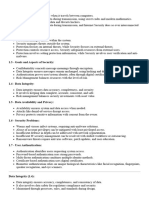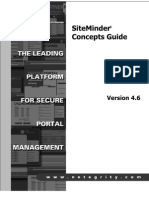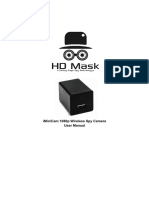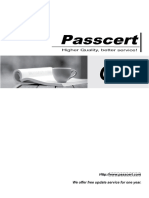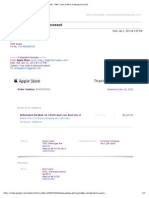0% found this document useful (0 votes)
91 views13 pagesIntroduction and Overview To Cyber Security
The document provides an overview of cyber security, defining key concepts such as cyberspace, cyber security, and cyber defense, along with their components and strategies. It discusses various security layers, types of vulnerabilities, threats, and controls, emphasizing the importance of risk mitigation and defense in depth. Additionally, it covers social engineering tactics and the significance of authentication, authorization, and password security in protecting digital assets.
Uploaded by
shrinivas deshpandeCopyright
© © All Rights Reserved
We take content rights seriously. If you suspect this is your content, claim it here.
Available Formats
Download as PDF, TXT or read online on Scribd
0% found this document useful (0 votes)
91 views13 pagesIntroduction and Overview To Cyber Security
The document provides an overview of cyber security, defining key concepts such as cyberspace, cyber security, and cyber defense, along with their components and strategies. It discusses various security layers, types of vulnerabilities, threats, and controls, emphasizing the importance of risk mitigation and defense in depth. Additionally, it covers social engineering tactics and the significance of authentication, authorization, and password security in protecting digital assets.
Uploaded by
shrinivas deshpandeCopyright
© © All Rights Reserved
We take content rights seriously. If you suspect this is your content, claim it here.
Available Formats
Download as PDF, TXT or read online on Scribd
/ 13





















